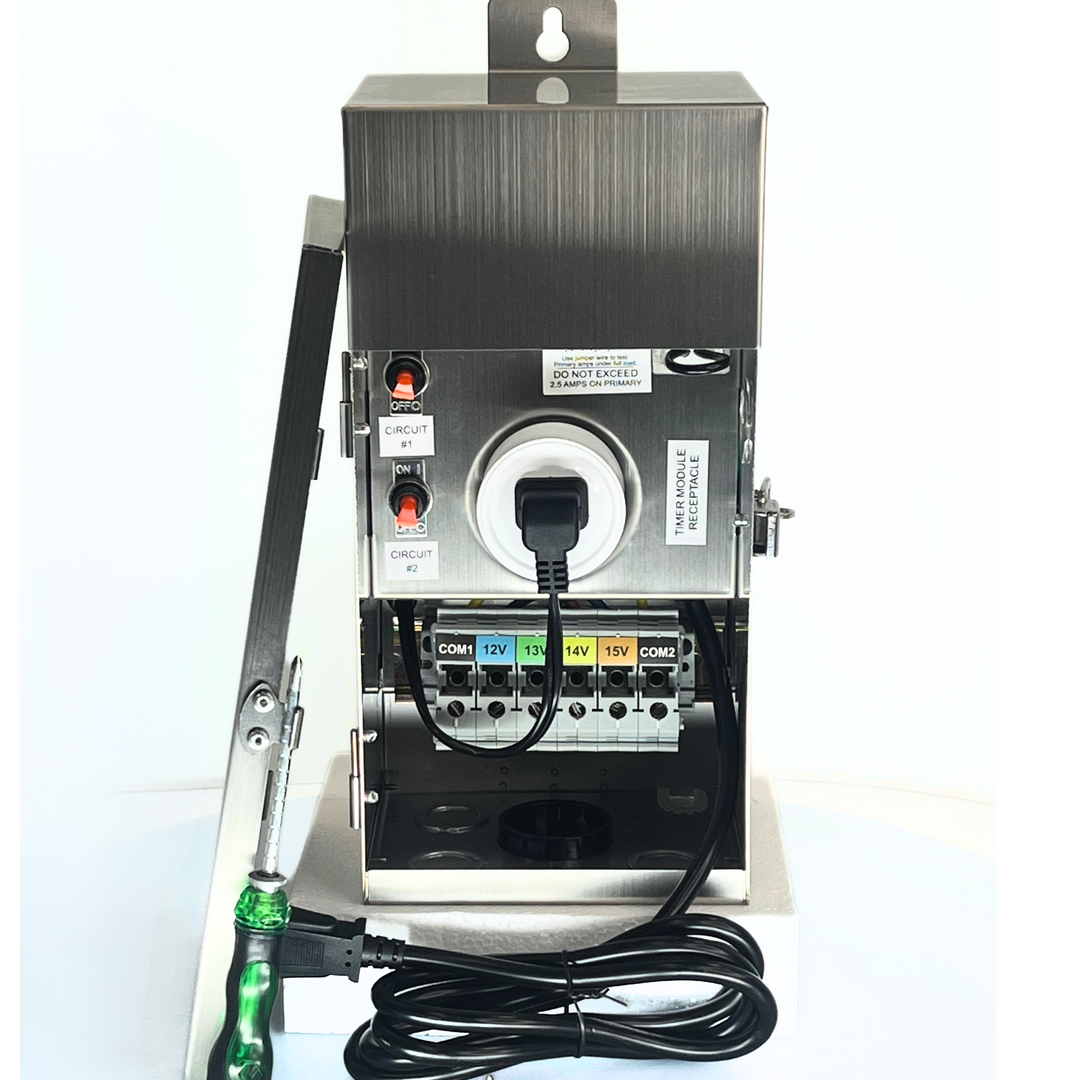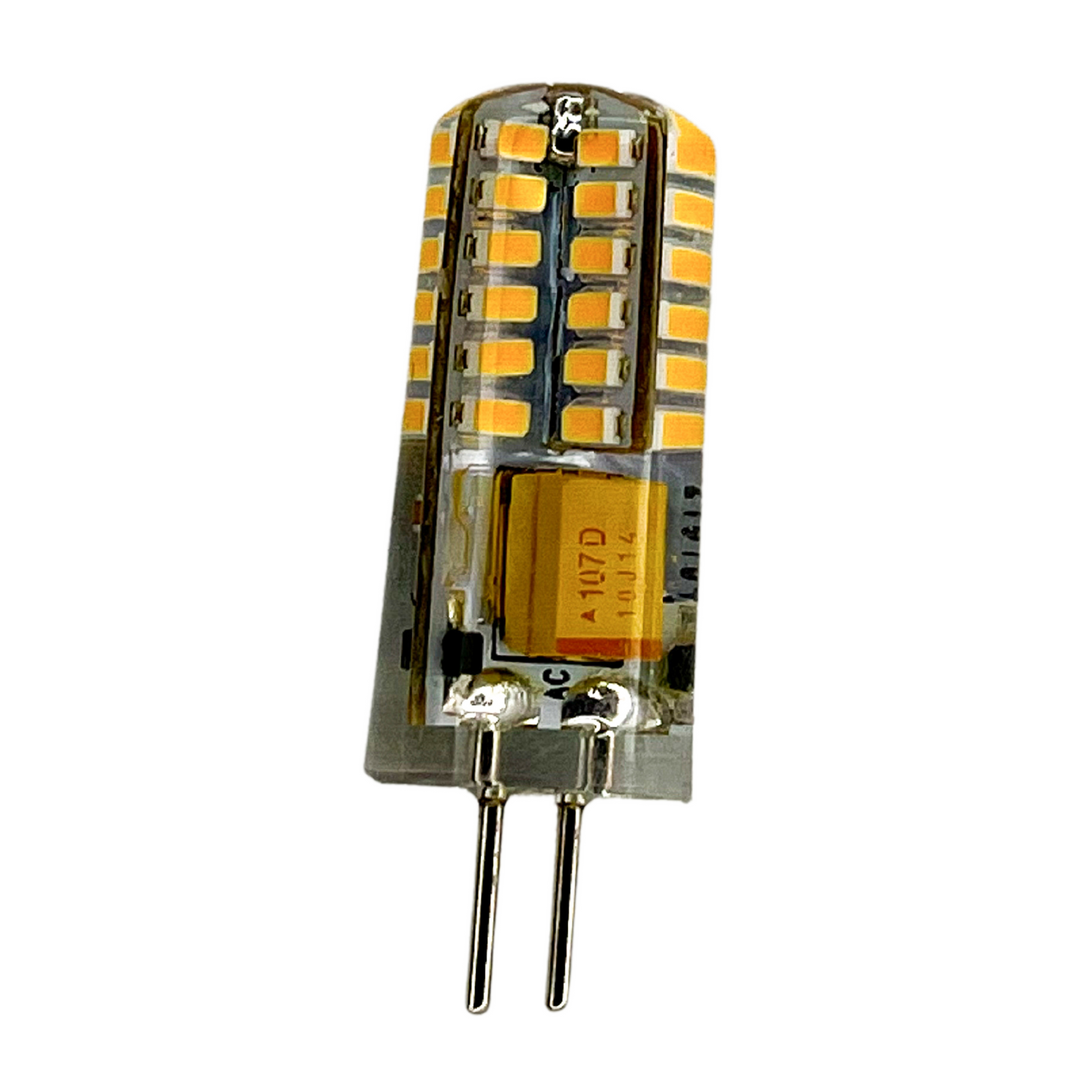
Seasonal Maintenance for Nellie Gail Sprinkler Systems
|
|
Time to read 6 min
Maintaining a well-functioning sprinkler system is essential for homeowners in Nellie Gail who want to preserve the beauty of their lawns and gardens throughout the year. The region’s landscape is known for its elegance and greenery, but achieving that level of curb appeal requires more than routine mowing and fertilizing. It depends heavily on a reliable irrigation system—and more importantly, one that receives the right seasonal care.
Because Nellie Gail experiences a relatively mild Southern California climate, some residents mistakenly assume that sprinkler systems can operate on a "set it and forget it" basis. However, this assumption can lead to inefficiencies, damage, and costly repairs. Seasonal maintenance plays a crucial role in extending the lifespan of your sprinkler components, ensuring optimal water use, and keeping your outdoor areas healthy and vibrant.
In this guide, we’ll walk through detailed maintenance routines for spring, summer, fall, and winter, offer tips for identifying common issues, and explore when it might be time to invest in repairs or upgrades. Whether you're a new homeowner or a long-time resident of Nellie Gail, this guide is tailored to help you keep your system running smoothly all year.
Understanding Sprinkler Systems in Nellie Gail
Sprinkler systems in Nellie Gail homes are often complex networks designed to deliver precise irrigation to lawns, flower beds, and landscape features. A typical system includes a timer or controller, a series of valves and underground pipes, and a variety of sprinkler heads. These systems must be fine-tuned to handle seasonal changes in temperature, precipitation, and plant water needs.
Because the Nellie Gail area doesn’t experience harsh winters like other parts of the country, some homeowners might underestimate the importance of seasonal adjustments. However, even a brief cold snap can cause pipes or valves to crack if not properly protected. Similarly, summer drought conditions can expose inefficiencies in water usage or system design.
Understanding your system and how it interacts with the region’s semi-arid climate is the first step toward maintaining a beautiful, sustainable outdoor space. Regular adjustments tailored to the seasons are not optional—they're essential for long-term performance.
Spring Start-Up Routine
As the days grow longer and temperatures begin to rise, spring is the ideal time to bring your sprinkler system back online after its winter slowdown. This process requires careful inspection and reactivation, ensuring that each component is functioning properly before the growing season begins.
The first step in spring maintenance is to slowly turn the water supply back on. Doing this too quickly can cause pressure surges that may damage pipes or fittings. Once the water is running, it’s important to walk your property and inspect every zone. Look for signs of damage such as cracked sprinkler heads, leaking valves, or zones that fail to activate.
Sprinkler heads often collect dirt or debris over the winter months. Cleaning them helps restore even spray patterns and prevents blockages. Once cleaned, test the heads to confirm that they rise and retract properly, and that the water coverage is consistent. Adjust any heads that spray onto sidewalks or driveways, as misdirected water leads to waste and potential damage.
Your controller or timer also needs attention. Reprogram the system to match the current daylight and growth patterns, keeping in mind that overwatering in early spring can harm young roots. This is also a good time to replace backup batteries and check the wiring connections. Completing these tasks helps prepare your system for the more demanding summer season.
Summer Watering Optimization
Summers in Nellie Gail are hot and dry, placing a heavy demand on sprinkler systems. Without proper optimization, irrigation can quickly become inefficient, leading to water waste, higher utility bills, and stressed plants. To combat these challenges, homeowners need to adjust both the schedule and hardware for peak performance.
Watering early in the morning or after sunset is one of the most effective ways to reduce evaporation. These times of day offer cooler temperatures and lower wind speeds, allowing water to soak deeply into the soil. Instead of frequent short watering sessions, it's better to irrigate less often but for longer periods. This encourages deeper root systems, which are more drought-tolerant and resilient.
Inspect the system regularly for signs of strain. Heat can warp plastic components, wear down rubber seals, and cause wiring issues in outdoor controllers. Check for pooling water, which may indicate a leak or low drainage area. Also, ensure that no heads are clogged or misaligned.
Consider replacing standard nozzles with high-efficiency models that use less water while delivering better coverage. For areas with shrubs or flower beds, converting to drip irrigation can dramatically reduce water usage and improve plant health. These small changes make a big difference, especially in a community like Nellie Gail where water conservation is both an environmental and financial concern.
Fall Maintenance and Adjustments
As summer ends and temperatures begin to cool, it’s time to prepare your system for lower watering needs and upcoming winter protection. Fall is a transitional season, and ignoring this period can lead to buildup in the system, reduced efficiency, or minor issues that worsen during colder months.
Begin by flushing out all irrigation lines. Over the summer, sediment and minerals can accumulate in filters, valves, and emitters. Flushing helps maintain proper pressure and flow. This is also a great time to inspect and clean each sprinkler head. Ensuring nothing is blocked will keep your system running efficiently until it's shut down.
Your controller should also be updated. Reduce watering frequency and adjust runtimes to reflect shorter days and cooler weather. If your system includes rain sensors, test them thoroughly. A functional rain sensor prevents overwatering during autumn showers and conserves resources.
Fall is also when you should address any visible signs of wear. Noisy valves, inconsistent spray patterns, or electrical issues with the controller can often be resolved now before winter weather makes repairs more difficult. Replacing the controller battery is another preventive measure that ensures your timer stays functional during any seasonal outages.
Winterizing the System in Nellie Gail
Although Nellie Gail winters are milder than in colder climates, homeowners should still take precautions to protect irrigation systems. Sudden drops in temperature can still damage exposed components, and many residents overlook these risks until a costly repair becomes necessary.
One key step is draining any exposed pipes and valves, especially in elevated or uninsulated locations. If your system includes above-ground backflow preventers, these should be wrapped with foam insulation or thermal blankets. This prevents them from freezing during a rare overnight cold snap.
Adjusting your controller is another important task. You can either turn the system off entirely or set it to "rain mode," which preserves your schedule without activating the system. Some residents in Nellie Gail may choose to water certain areas manually during winter, but this should only be done when necessary.
It's also wise to monitor weather reports and be ready to insulate additional components if a frost warning is issued. Even a brief freeze can cause hairline cracks in plastic fittings or valves, which may go unnoticed until spring start-up.
Troubleshooting Seasonal Issues
Throughout the year, sprinkler systems may show signs of trouble. Recognizing these early can save time and prevent water waste.
In spring, air in the lines is a common problem. If heads sputter or produce uneven spray, allow the system to run briefly with open heads to purge trapped air. Zones that fail to activate often point to wiring problems or a faulty solenoid.
During the summer, unusually high water bills or soggy areas can indicate underground leaks. Dry patches are also common if a head becomes clogged or misaligned. Inspect heads and valves closely during high-use months.
In fall, reduced pressure or missed watering cycles may be caused by sediment buildup or failing timer batteries. Always test the full system at least once before the season ends.
In winter, if you see signs of frozen components—such as visible cracks or non-functioning valves—do not force them. Let parts thaw and inspect carefully before attempting repairs.
When to Repair or Upgrade Your System
Over time, wear and tear will affect even well-maintained systems. It’s important to know when simple repairs are enough and when upgrades offer a better long-term solution.
If you notice irregular watering, water constantly running in one zone, or loud noises coming from your valves, these are clear indicators of mechanical issues. Cracks in sprinkler heads, weak spray pressure, or failing timers should not be ignored. Prompt repairs keep your lawn healthy and prevent water loss.
Upgrading your system can also improve convenience and efficiency. Smart controllers that connect to weather services can automatically adjust watering based on conditions in Nellie Gail. Pressure-regulated heads deliver more uniform spray and reduce misting. Adding drip irrigation zones for flower beds and trees helps focus water where it’s needed most.
Modern systems offer greater control and sustainability. For many Nellie Gail homeowners, these improvements also align with local water-use restrictions and community standards.












